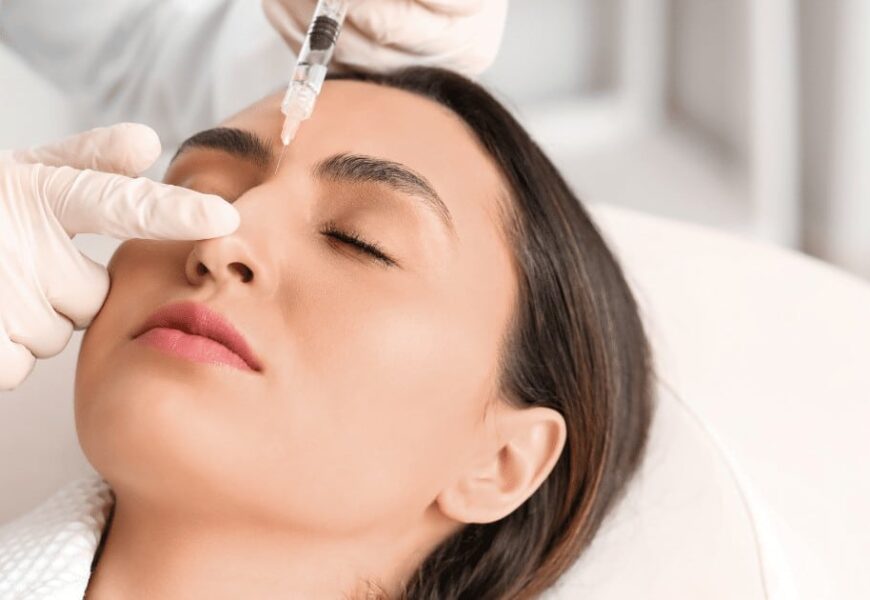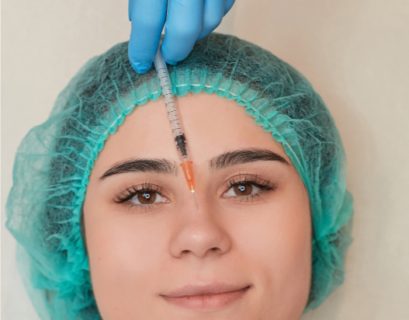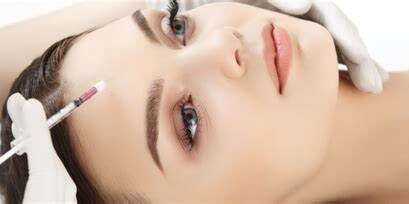Neuromodulators: Top 15 FAQs Answered
Neuromodulators have become an integral part of modern aesthetics, offering a non-surgical solution for treating wrinkles, fine lines, and a variety of other cosmetic and medical concerns. Whether you’ve heard of BOTOX, Dysport, or XEOMIN, these treatments are all types of neuromodulators, which work by temporarily relaxing muscles to create a smoother, more If you’re considering neuromodulators but have questions, this guide will answer the top 15 FAQs about neuromodulators to help you make an informed decision.
1. What Are Neuromodulators?
Neuromodulators are injectable treatments that temporarily block the nerve signals to muscles, preventing them from contracting. This helps reduce the appearance of dynamic wrinkles, such as crow’s feet, frown lines, and forehead creases, which are caused by repetitive facial movements. The most popular include BOTOX, Dysport, and XEOMIN.
2. How Do Neuromodulators Work?
They work by targeting the nerves responsible for muscle movement. Once injected into specific muscles, they block the release of a neurotransmitter called acetylcholine, which prevents the muscle from contracting. By relaxing these muscles, the skin appears smoother and wrinkles are softened. The effect is temporary and typically lasts between 3-6 months, depending on the individual and the specific neuromodulator used.
3. What Are the Most Common Neuromodulators?
The three most well-known neuromodulators are:
- BOTOX: The most popular globally, often used for treating facial wrinkles.
- Dysport: Known for spreading more easily in larger areas, which can be beneficial for treating larger sections of the face.
- XEOMIN: A purer form of botulinum toxin type A without additional proteins, which may reduce the risk of developing resistance over time.
4. Are Neuromodulators Safe?
Yes, these are FDA-approved and have a strong safety record when administered by a trained and licensed professional. Millions of treatments are performed each year with few complications. However, like any medical treatment, there are risks involved, such as temporary bruising or swelling at the injection site. It’s crucial to seek treatment from a certified practitioner to minimize risks.
5. Who Is a Good Candidate for Neuromodulators?
Anyone experiencing dynamic wrinkles (those that appear with facial expressions like frowning or squinting) is a good candidate. Typically, people in their late 20s to early 40s seek out these treatments for wrinkle prevention or reduction. However, older individuals can also benefit from it to smooth fine lines and prevent further wrinkle development. Neuromodulators are not recommended for pregnant or breastfeeding women, or individuals with certain neuromuscular disorders.
6. What Areas Can Be Treated with Neuromodulators?
Neuromodulators are highly versatile and can be used to treat a variety of facial areas, including:
- Forehead lines
- Frown lines (also called “11” lines between the eyebrows)
- Crow’s feet (lines around the eyes)
- Bunny lines (wrinkles on the nose)
- Lip lines (also called smoker’s lines)
- Chin dimples
- Neck bands
Some individuals also use them for medical conditions like excessive sweating, chronic migraines, and muscle spasms.
7. How Long Do Neuromodulators Last?
The effects of neuromodulators typically last between 3 to 6 months. The duration varies depending on the individual, the area treated, and its usage. Regular maintenance treatments are necessary to sustain the desired results.
8. How Long Does It Take to See Results?
While some people may start seeing results within 24 to 48 hours, it usually takes 7-14 days for the full effects of neuromodulators to become apparent. The results will continue to improve over the following weeks as the muscles relax and the skin smooths out.
9. Do Neuromodulators Hurt?
The discomfort from neuromodulator injections is typically minimal. Most people describe the sensation as a small pinch or slight pressure. A topical numbing cream can be applied before the procedure to minimize any discomfort.
10. What Is the Recovery Time After Neuromodulator Treatment?
Treatments are quick and typically have no downtime. You can return to your regular activities immediately after the procedure. However, it’s advised to avoid strenuous exercise, lying down flat, or rubbing the treated area for at least 4-6 hours after the injections to prevent migration of the product.
11. Can We take Neuromodulators with Other Treatments?
Yes, they are often combined with other aesthetic treatments for more comprehensive results. For example, dermal fillers can be used to restore volume, while these address dynamic wrinkles. Combining treatments like these can enhance your overall facial appearance and provide a more youthful look.
12. How Much Do Neuromodulators Cost?
The cost of neuromodulators varies depending on the location, provider, and the number of units required for your treatment. On average, prices range from $10 to $20 per unit, with most treatments requiring between 20-60 units. For instance, the cost to treat frown lines may be around $200-$500, depending on how much product is needed.
13. What Are the Side Effects of Neuromodulators?
Common side effects of neuromodulators include temporary swelling, bruising, or redness at the injection site. In rare cases, patients may experience headaches or mild flu-like symptoms. More severe side effects, such as drooping eyelids or uneven results, are usually due to improper injection technique, which is why choosing a qualified provider is critical.
14. Will Neuromodulators Make My Face Look Frozen?
When administered properly by a skilled practitioner, neuromodulators should not leave you with a “frozen” or expressionless face. The goal of treatment is to soften lines while maintaining natural facial movements. A good provider will ensure you achieve a natural look, with your facial expressions still intact.
15. Can Neuromodulators Prevent Wrinkles?
Yes, its preventive usage can delay wrinkles formation. Many younger individuals in their late 20s or early 30s start using neuromodulators to prevent the development of deep lines and wrinkles by limiting the movement of the muscles that cause them. This approach, sometimes called “baby BOTOX,” uses fewer units to create a subtle but effective result.
Conclusion
Neuromodulators are a powerful tool in the world of cosmetic treatments, offering a non-invasive way to address wrinkles, fine lines, and other facial concerns. With little to no downtime and long-lasting results, they’re an excellent option for anyone looking to enhance their appearance without surgery. By answering these 15 FAQs, we hope you have a better understanding of how they work, their safety, and whether they might be the right solution for you.
Before undergoing any neuromodulator treatment, it’s essential to consult with a licensed practitioner to ensure it’s the best option for your skin type and goals. With the right care and expertise, neuromodulators can help you achieve a refreshed, youthful appearance while maintaining natural facial expressions.














